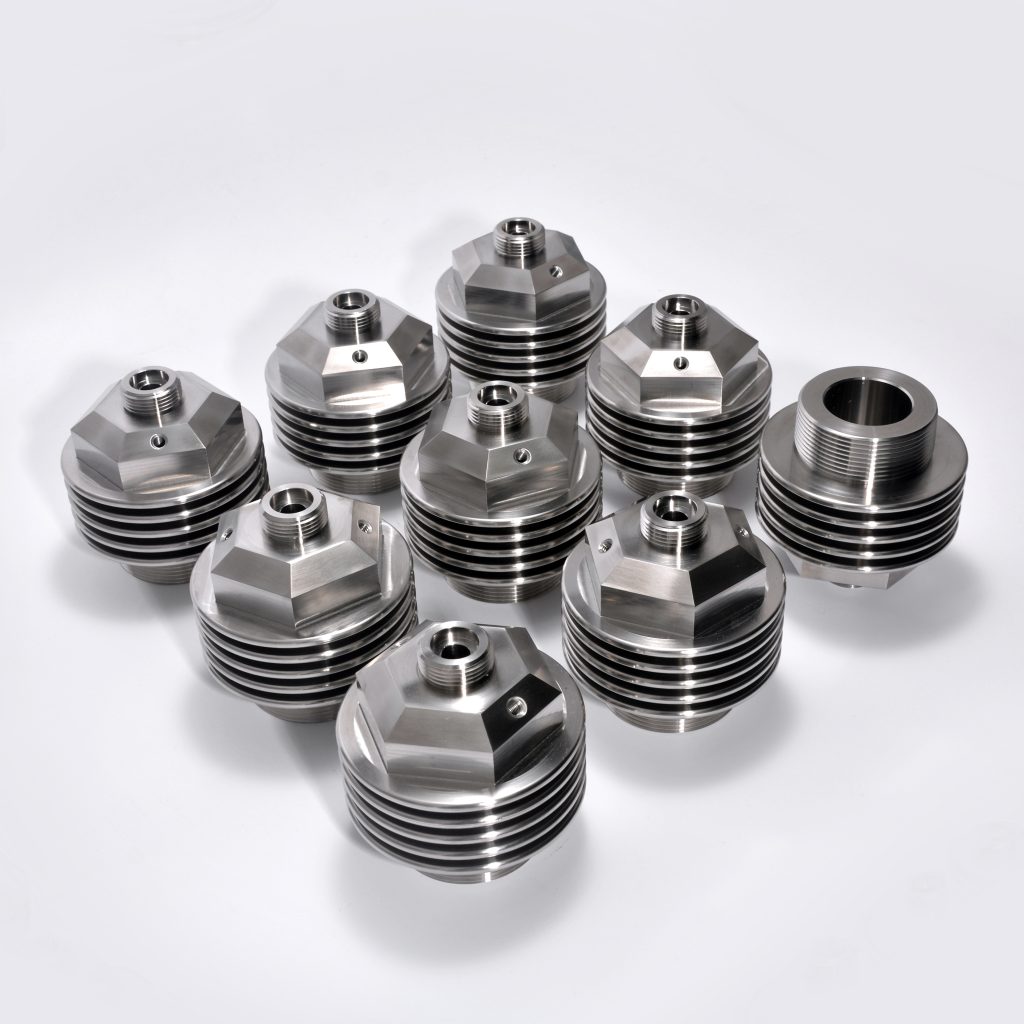Molding manufacturing is a crucial part of today’s market, with plastic injection molding playing a significant role in various industries. Mastering this art is essential for businesses looking to stay competitive and meet the demands of modern consumers.
The development of plastic injection molding technology dates back to the late 19th century, with the first injection molding machine patented in 1872. Over the years, advancements in materials and machinery have transformed the industry, leading to the high-quality products we see today. Key milestones include the introduction of thermoplastics in the 1940s and the development of computer-aided design (CAD) in the 1980s.
China has emerged as a global leader in plastic injection molding, thanks to a combination of factors such as lower labor costs, a strong infrastructure, and a skilled workforce. This has allowed Chinese manufacturers to offer competitive prices and high-quality products, attracting businesses from around the world. While other countries like the US and Germany also excel in molding manufacturing, China’s market dominance is hard to ignore.
Cutting-edge technologies like 3D printing and injection molding simulation software have revolutionized the industry, allowing for more complex and precise mold designs. Automation and robotics have also played a crucial role in increasing efficiency and reducing production costs. These innovations have helped manufacturers keep up with the demand for faster turnaround times and customized products.
The role of a skilled workforce in molding manufacturing cannot be understated. From mold designers to machine operators, each step of the production process requires specialized knowledge and experience. In China, training and education programs are widely available for professionals looking to enhance their skills and advance their careers in the molding industry.
Quality Control in Molding Manufacturing Quality control is paramount in molding manufacturing to ensure consistent quality and meet industry standards. Rigorous processes like mold testing, material inspection, and product evaluation help identify any defects or imperfections early on. By implementing effective quality control measures, manufacturers can deliver high-quality products that meet customer expectations.
As the industry continues to grow, so does the need for sustainable practices. Many molding manufacturers are implementing initiatives to reduce their environmental impact, such as recycling plastic waste and using eco-friendly materials. By prioritizing sustainability, companies can minimize their carbon footprint and contribute to a greener future.
Current market trends show a shift towards custom mold designs and shorter production cycles. With advancements in technology, manufacturers are able to quickly prototype and produce molds for a wide range of applications. However, challenges like rising material costs and global competition continue to shape the industry’s future.

Leading molding manufacturers in China, such as Haier and Foxconn, are prime examples of companies that have mastered the art of molding manufacturing. These success stories highlight the importance of innovation, expertise, and quality control in staying ahead of the competition. By studying these companies, businesses can learn valuable insights on how to succeed in the molding industry.
The future of molding manufacturing looks bright, with emerging technologies like 4D printing and nanotechnology set to drive the industry forward. Trends like on-demand manufacturing and smart manufacturing are also expected to shape the way products are produced and distributed. By staying ahead of these trends, businesses can position themselves for success in the evolving market.
In conclusion, mastering the art of molding manufacturing is essential for businesses looking to thrive in today’s competitive market. By embracing innovation, investing in expertise, and prioritizing quality control, companies can create high-quality products that meet the demands of modern consumers. As the industry continues to evolve, staying informed on market trends and adopting sustainable practices will be key to long-term success.